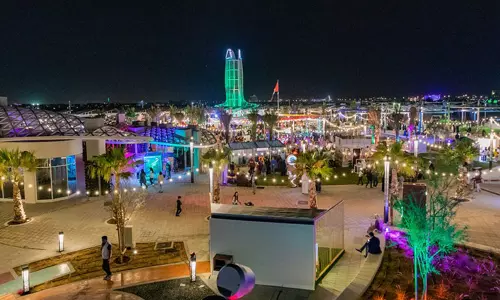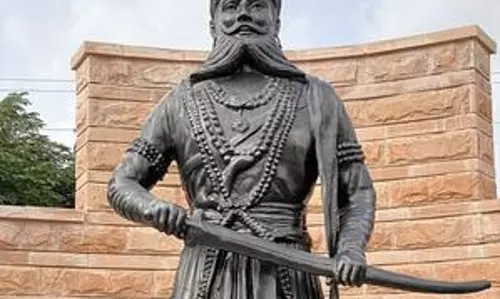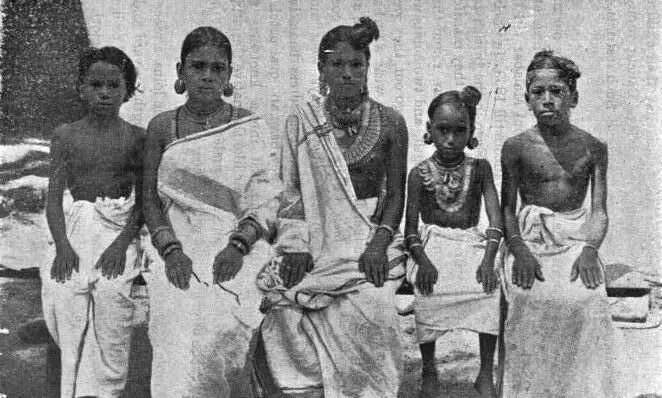
Kerala’s Thiyyas, Ezhavas, Nairs genetically closer to population of northwest India
text_fieldsIn a genetic study conducted by a team of researchers led by Dr Kumarasamy Thangaraj at the CSIR-Centre for Cellular and Molecular Biology (CCMB), Hyderabad, the ancestral ties of southwest India's warrior communities have been unveiled.
The study, recently published in the journal Genome Biology and Evolution, explores the genetic closeness of groups such as Thiyyas, Ezhavas, and Nairs from Kerala, as well as Bunts and Hoysalas from Karnataka, to populations in northwest India.
The southwest coast of India is a region of high genetic and cultural diversity, resulting from millennia of migration, settlements, and admixture of human populations. Earlier studies on the recent migrants who inhabited southwest India, including Jews, Parsis, and Roman Catholics, reveal the existence of the rich genetic heritage of this region.
However, one major group of the population in this region with the historical status of warriors or feudal lords have a debatable genetic history. Historians and written records relate them to migrants from Ahichhatra (Iron Age civilization) in the Gangetic plain, while others relate them to Indo-Scythian clan migrants from northwest India.
The DNA analysis of 213 individuals from these warrior communities revealed a significant genetic connection to ancient migrants from northwest India. According to Dr Thangaraj, the Nair and Thiyya warrior communities share most of their ancestry with these ancient migrants and display enhanced Iranian ancestry, similar to Kamboj and Gujjar populations.
The maternal genome analysis also provided intriguing insights, showcasing a higher distribution of West Eurasian mitochondrial lineages. This suggests female-mediated migration, a contrast to most recent migrant groups in the region.
Dr Lomous Kumar, the first author of the study, explained that machine-learning techniques were employed to trace the migration patterns of these groups, indicating a movement from northwest to central India and eventually to the southwest coast during the late Bronze Age or possibly the Iron Age.
CCMB Director Dr Vinay K Nandicoori expressed the significance of the findings, stating, "This study suggests that the southwest coastal groups are remnants of very early migrations from northwest India, following the Godavari basin to Karnataka and Kerala."
The research team included Dr Moinak Banerjee from Rajiv Gandhi Centre for Biotechnology, Thiruvananthapuram, and Dr. Mohammed S. Mustak from Mangalore University, Mangaluru. The study adds a new chapter to the understanding of the genetic tapestry and historical migrations that have shaped the diverse populations of the southwest coast of India.
























